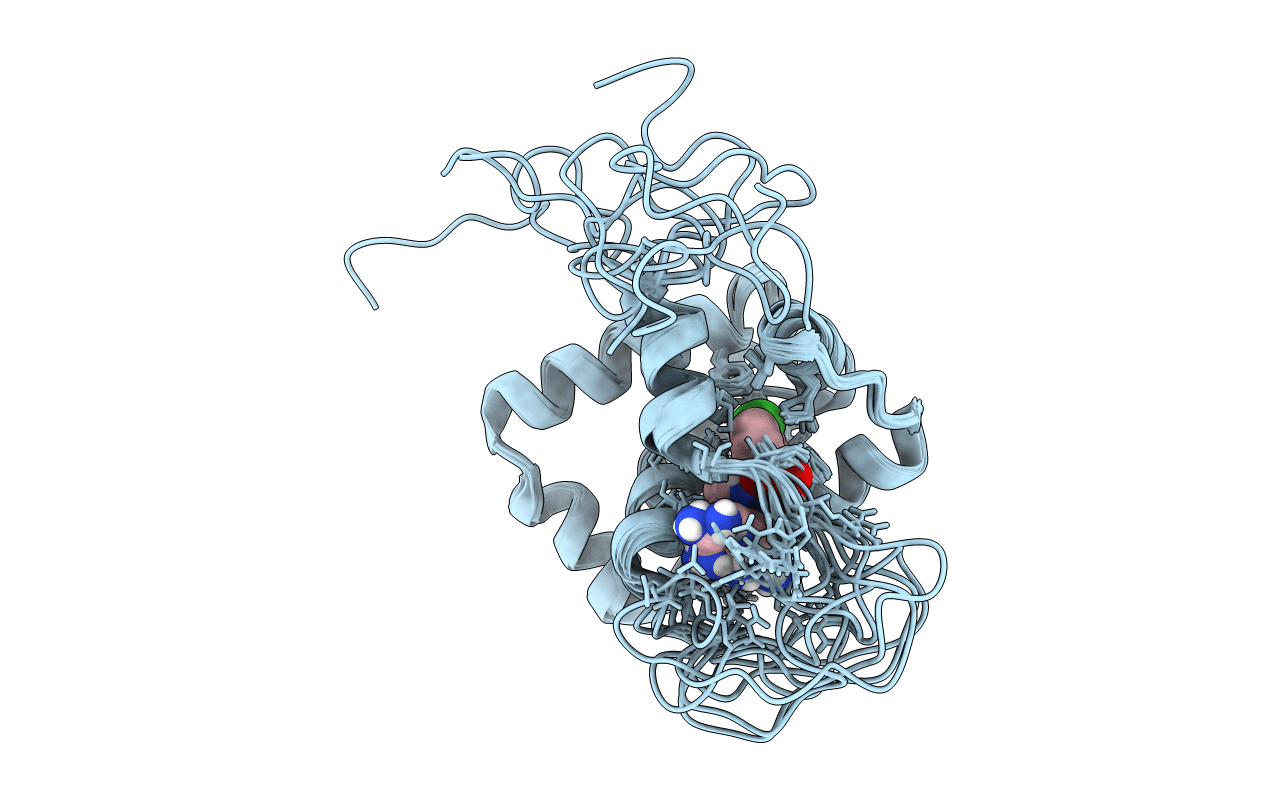
Deposition Date
2022-03-26
Release Date
2022-06-15
Last Version Date
2024-05-15
Entry Detail
PDB ID:
7UH9
Keywords:
Title:
NMR structure of the cNTnC-cTnI chimera bound to W8
Biological Source:
Source Organism:
Homo sapiens (Taxon ID: 9606)
Host Organism:
Method Details:
Experimental Method:
Conformers Calculated:
200
Conformers Submitted:
10
Selection Criteria:
structures with the lowest energy


